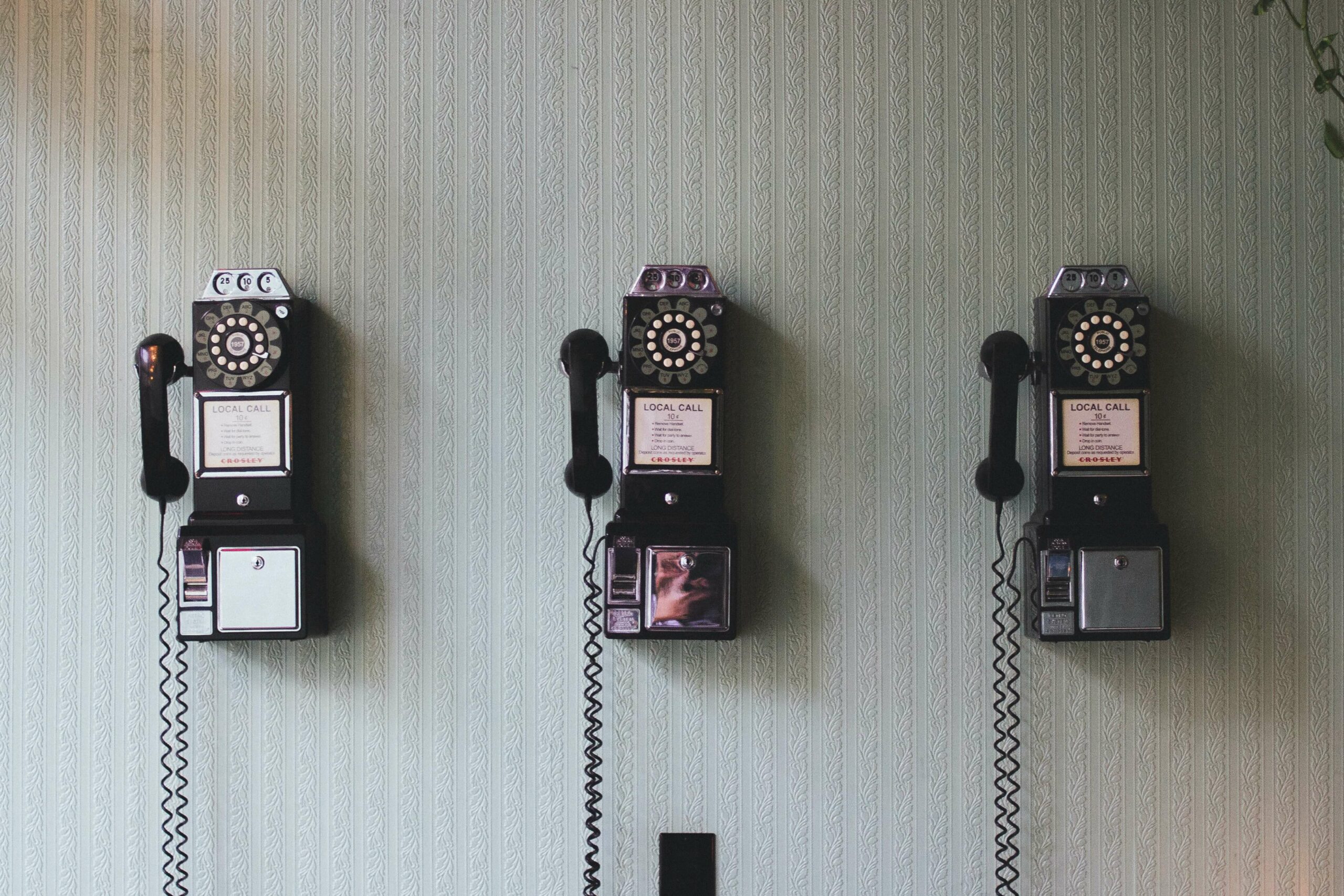A top priority of the best PR agency teams is measuring how well we do. In our business, that means establishing key performance indicators (KPIs). KPIs serve as a benchmark for PR performance and help quantify program results. It’s been said that PR results are hard to measure, but in recent years that has changed. Evaluating performance and outcomes is now fairly sophisticated.
However, there’s no one-size-fits-all set of KPIs. Before an agency sets them, it’s critical that they understand organizational goals and what the company hopes to achieve with a robust PR program. Only then can the PR team craft KPIs for clients and map them back to the organization’s broader objectives.
KPIs should align to a client’s SMART goals. As such, they should be specific, measurable, attainable, relevant and time-based. For too long, advertising value equivalent (AVE) was used as the only method to evaluate PR. But equating earned media with paid advertising ignores the key differences between the two and is generally considered a flawed way to measure outcomes. Most agencies and organizations have wised up to use more contemporary KPIs that capture the true value of PR. The ideal KPIs align to build brand awareness, determine traffic, and generate leads.
There are five types of KPIs that are essential to any PR program.
Earned media mentions
Earned media mentions – those stories, interviews, or broadcast segments featuring a given company – typically carry the most weight when it comes to PR KPIs. A media mention or feature is generated when the PR team pitches a proactive story to an editor or producer. The coverage may appear online and is likely to come up in search results as well. For many brands, earned media is the most powerful way to build awareness and credibility among a brand’s prospective customers. And when a brand is looking for lead generation opportunities, media mentions in more niche and trade publications can actually help move the needle.
Potential reach
An earned media placement is only as good as the people who see it, of course. Potential reach, the number of people who viewed, read, listened to it, can be a key indicator of performance. This includes social media, website, and page views. A PR program should include organic reach, which usually offers the greatest credibility, but paid reach can also extend the value of earned media coverage via ads or promoted posts. The two work together well and can expand the visibility of a brand.
Share of voice
Share of voice (SOV) is appropriate when comparing media coverage for a given company and one or more competitors. A SOV measurement should include all coverage across these brands, but what makes it useful is its flexibility. It can also be segmented to look at executive coverage compared to brand and product coverage, for example. When kicking off a PR program, the client and its firm should agree on the competitor(s) to benchmark for SOV. The percentage of SOV includes volume or reach of coverage, but also factors in the domain authority, or search engine ranking, of where the coverage is secured. Domain authority is an important factor for SEO, and a single high-domain article can drive search results for months or even years.
Website traffic and referrals
Using Google Analytics, a company or brand can track how a backlink from a media placement has sent a reader or prospect to the company’s website. It’s easy to see the amount of traffic generated from the link. To properly evaluate a PR program, agency teams establish a baseline for referral links and track this KPI for the program. Major placements in publications with a high-domain authority may generate spikes in website and referral traffic to show the impact of PR. Yet, it’s important to note that many media outlets are moving toward not including links to the company’s site as part of their editorial policy. As such, this should not be the only KPI to home in on for the PR program.
Engagement
Measuring month-over-month social engagement can showcase how well earned media coverage is prompting social media interaction. PR teams can easily measure growth across social media channels like Twitter, LinkedIn and Instagram, depending on what social platform the company prioritizes. Looking at impressions, likes, shares and comments on posts highlight how the reach of media content is being expanded.
Depending on the goals of the PR program, there may be other KPIs that are particularly significant to a given brand, such as sentiment analysis, domain authority or even content quality. Every organization is unique in their PR goals so agencies and internal teams should listen attentively and pinpoint what KPIs are most critical before starting the program.








